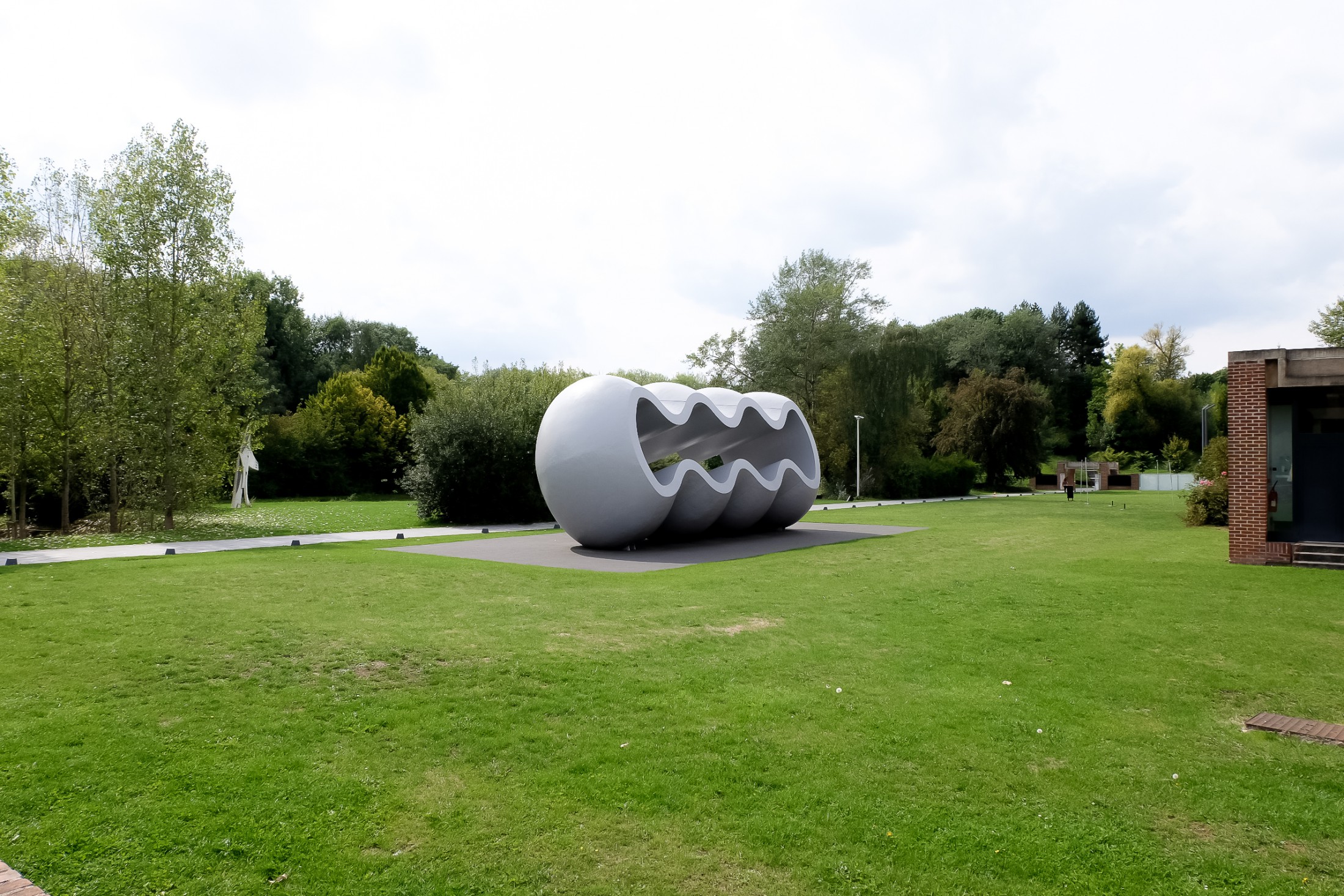Palais des Beaux Arts de Lille
Due to the size of its permanent collections, the Palais des Beaux-Arts in Lille is undoubtedly one of the richest (and oldest) French museums. The building, completed between 1885 and 1892, is typical of the monumental architecture of the late 19th century. The museum was built following the instructions of Napoleon Bonaparte and opened its doors to the public in 1809. The design is by Parisian architects Edouard Bérard (1843–1912) and Fernand Etienne-Charles Delmas (1852–1933). The number of works of art in the museum makes it the second biggest in France, right behind the Louvre.
Fully renovated in 1997, its 22,000 m² house prestigious collections of European painting (Rubens, Van Dyck, Goya, Delacroix…), a few key examples of 19th century French painting (David's Belisarius, Courbet's L’après-dînée à Ornans, Puvis de Chavannes' The Slumber …), a large collection of drawings (including 40 sheets by Raphaël), a sculpture gallery (Carpeaux, Rodin, Claudel, Bartholdi …) and 17th and 18th centuries ceramics. Also worthy of note is the presentation of relief maps of fifteen fortified towns in Northern France and Belgium (18th century models used by the French Kings during wars).
The museum regularly hosts big expositions in the modern glass building behind the museum. Depending on the popularity of the temporary exposition, the queu in front of the building can get quite long on weekends.
To know more about Palais des Beaux-Arts, visit the website.























